FAQs about the Uluru Statement from the Heart
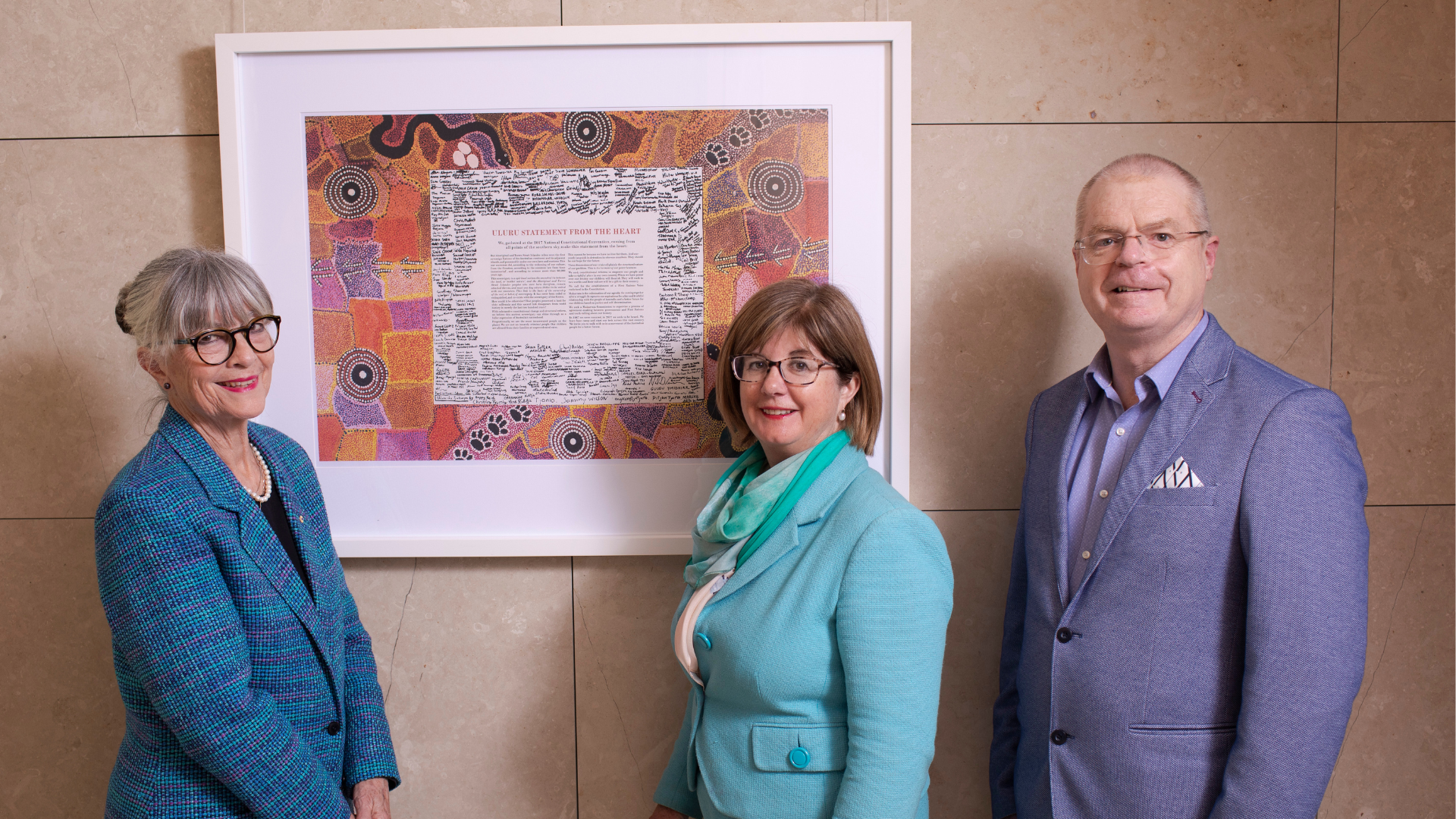
Fred Hollows always supported Aboriginal and Torres Strait Islander Peoples having control and ownership of their health services. That’s why The Fred Hollows Foundation has been a strong supporter of the Uluru Statement from the Heart. We believe that the Uluru Statement is the best way to ensure Aboriginal and Torres Strait Islander Peoples have the opportunity to provide input into policies and issues that directly affect them. If you’d like to learn more about the Statement, then keep reading.
In a hurry?
Click on the link below to go straight to the question you’re most interested in:
- What is the Uluru Statement From the Heart?
- Why was the Uluru Statement created?
- How was the Uluru Statement developed?
- What are the key proposals in the Uluru Statement?
- What is the "First Nations Voice" proposed?
- What is the "Makarrata Commission"?
- What is a treaty?
- How would the Uluru Statement affect the Australian Constitution?
- Why does the Uluru Statement need to be constitutionally enshrined?
- What are the next steps?
- What is the referendum question?
- How does a referendum work in Australia?
- How does the Uluru Statement relate to previous attempts at Indigenous constitutional recognition in Australia?
- What is the significance of the Uluru location?
- Who supports the Uluru Statement?
- Does The Fred Hollows Foundation support the Uluru Statement?
- What would be the potential impact of the Uluru Statement on eye health?
- What has The Fred Hollows Foundation done to support the Uluru Statement?
- Does the Uluru Statement provide special treatment to Indigenous Australians?
- How can you support the Uluru Statement?
1. What is the Uluru Statement from the Heart?
The Uluru Statement from the Heart is an invitation to all Australians to walk alongside Aboriginal and Torres Strait Islander Peoples for a better future. It calls for three reforms:
- A constitutionally enshrined Voice to Parliament
- Truth-telling about our nation’s history
- A treaty with First Nations people
The Uluru Statement was delivered in 2017, following an unprecedented National Constitutional Convention held by, with, and for First Nations Peoples.
The Statement seeks to address the ongoing injustices and systemic discrimination that Aboriginal and Torres Strait Islander Peoples have faced for centuries, including dispossession of land, cultural genocide, and political marginalisation. These issues cannot be adequately addressed without recognising Aboriginal and Torres Strait Islander people's sovereignty and their right to self-determination.
Constitutional recognition of Aboriginal and Torres Strait Islander Peoples has been debated for over two decades. Since the Uluru Statement from the Heart was issued in 2017, there has been a growing movement of support for its proposals. Aboriginal and Torres Strait Islander leaders and communities, as well as non-Indigenous Australians, have rallied behind the call for constitutional reform and recognition of Indigenous rights. There have been calls for a national conversation about the proposals, and for a referendum to be held to enshrine a First Nations Voice in the Constitution.
We encourage you to read the statement in its entirety here.
2. Why was the Uluru Statement created?
The issue of constitutional recognition has been a topic of national concern for decades, and numerous attempts have been made to advance the discussion.
The 1999 Republic Referendum included a single line acknowledging Indigenous people in the proposed preamble, which was drafted by Prime Minister John Howard and put before the Australian public. However, most Aboriginal and Torres Strait Islander leaders rejecting the one-line acknowledgement, including the major Aboriginal land councils across Australia and the Aboriginal and Torres Strait Islander Commission.
This referendum marked the start of the current recognition movement as political parties subsequently included constitutional recognition in their platforms. Prime Minister Howard also suggested recognition in a preamble during the 2007 Federal election campaign.
Following this, numerous attempts have been made to advance the discussion through six processes and nine reports. The initial process was initiated in late 2010 when the Parliament was in a state of deadlock. In order to gain enough votes to hold the balance of power in the lower house, Prime Minister Julia Gillard had to negotiate with the Greens and two independent members, Rob Oakeshott and Tony Windsor. These members requested that she take steps towards constitutional recognition, as there was multi-party agreement on the matter at the time.
It was not until the 2017 First Nations National Constitutional Convention at Uluru that the nation finally understood what recognition could look like for First Nations people.
3. How was the Uluru Statement developed?
The Uluru Statement from the Heart is the culmination of 13 Regional Dialogues with First Nations people which arrived at a consensus about what constitutional recognition should look like. These dialogues involved more than 1,200 Indigenous Australians and were organised by the Referendum Council, established by the Australian Government in 2015 to advise on a model for constitutional reform.

Gabi Hollows, Jane Madden and Ian Wishart with the Uluru Statement from the Heart
Photo credit: Michael Amendolia
4. What are the key proposals in the Uluru Statement?
The Uluru Statement from the Heart calls for three main things:
1. Voice (this calls for a formal model for recognition in the Constitution)
2. Treaty
3. Truth
The establishment of a Makarrata Commission will oversee the processes of treaty and truth telling.
Each of these proposals was designed to address the ongoing marginalisation and discrimination faced by Indigenous people in Australia.
5. What is the "First Nations Voice"?
The "First Nations Voice" is a representative body that would provide advice and input on matters that affect Indigenous Australians.
The First Nations Voice would be established as an advisory body to the Australian Parliament, with the power to provide input and recommendations on policies and legislation that affect Indigenous people. The Voice would have a role in the development and implementation of policies across a range of areas, including health, education, employment, and social services. As an advisory body, The Voice would NOT have the power to veto government decisions.
A key objective of the First Nations Voice is to provide Indigenous people with a way to have their voices heard and their perspectives considered in the decision-making process. This is a fundamental step towards addressing the historical injustices that have been inflicted upon Indigenous communities and towards creating a more just and equitable society.
6. What is the "Makarrata Commission"?
The "Makarrata Commission" would oversee a process of agreement-making and truth-telling between Indigenous and non-Indigenous Australians. It would work to resolve historical injustices and build a shared understanding of Australia's past.
The word "Makarrata" is a Yolngu word meaning "coming together after a struggle." The Commission would oversee this process of truth-telling and negotiation and ensure that it is conducted in a fair, equitable, and respectful manner.
The Makarrata Commission would oversee the negotiation of treaties between Indigenous people and the Australian Government. These treaties would be legally binding agreements that would address the ongoing issues of land rights, self-determination, and cultural preservation. Through these treaties, Indigenous people would be able to negotiate a fair and equitable settlement for past injustices and establish a path towards a just and reconciled future.

Reggie had his surgery supported by The Fred Hollows Foundation
Photo credit: The Fred Hollows Foundation
7. What is a treaty?
A treaty is a formal agreement that sets out agreed-upon terms and conditions for how parties will interact with each other. In the context of Indigenous Australians, a treaty refers to a negotiated settlement between the Australian Government and Indigenous peoples that acknowledges past wrongs and establishes a framework for future relationships.
A treaty between the Australian Government and Indigenous Australians would most likely recognise their sovereignty and self-determination, acknowledge the injustices and impacts of colonisation and provide a framework for moving forward with a relationship that is built on mutual respect, understanding and recognition.
While treaties are common in many parts of the world, Australia is the only Commonwealth country that does not have a treaty with its Indigenous peoples.
8. How would the Uluru Statement affect the Australian Constitution?
The proposals in the Uluru Statement from the Heart would require constitutional reform, which would need to be approved through a referendum. This would involve a vote by all eligible Australians on whether to accept the proposed changes to the Constitution.
If the Uluru Statement from the Heart was adopted, it would require the addition of a single clause to recognise First Peoples through a Voice mechanism and the recognition of Indigenous sovereignty and rights.
9. Why does the Statement need to be constitutionally enshrined?
If the Uluru Statement from the Heart is enshrined in the Constitution, this would ensure it has a permanent place in the political process.
Many First Nations bodies – such as the Aboriginal and Torres Strait Islander Commission (ATSIC) – have been introduced in the past to take care of the interests of the First Nations people. However, they were taken away by the governments of the day.
Constitutional enshrinement would ensure that the Voice is not subject to the whims of government, and that it can continue to operate and provide input, even when governments change.
10. What are the next steps?
The Australian Government has committed to implement the Uluru Statement from the Heart in full.
A referendum will be held in 2023 seeking to enshrine an Aboriginal and Torres Strait Islander Voice in the Australian Constitution.
11. What is the referendum question?
The question to be put to the Australian people at the 2023 referendum will be:
“A Proposed Law: to alter the Constitution to recognise the First Peoples of Australia by establishing an Aboriginal and Torres Strait Islander Voice.
Do you approve this proposed alteration?
12. How does a referendum work in Australia?
A referendum in Australia is a process for proposing changes to the Constitution. The process starts with a bill being introduced into Parliament proposing the changes. The bill is then debated and, if passed, it is put to a referendum.
To pass, the proposed changes must receive a double majority – that is, a majority of votes across the nation, as well as a majority of votes in a majority of states (i.e. at least four out of six states).
The referendum is conducted by the Australian Electoral Commission and is held on a designated day. The question put to the public is usually a simple yes or no question, asking whether they support the proposed changes to the Constitution. For a referendum to be successful, it must receive a majority of votes both nationally and in a majority of states. If the referendum is successful, the proposed changes are then made to the Constitution.
Referendums are a rare occurrence in Australia, with only 44 referendums held since the introduction of the Constitution in 1901. Only eight of these referendums have been successful, reflecting the high bar that must be met for constitutional change to occur.
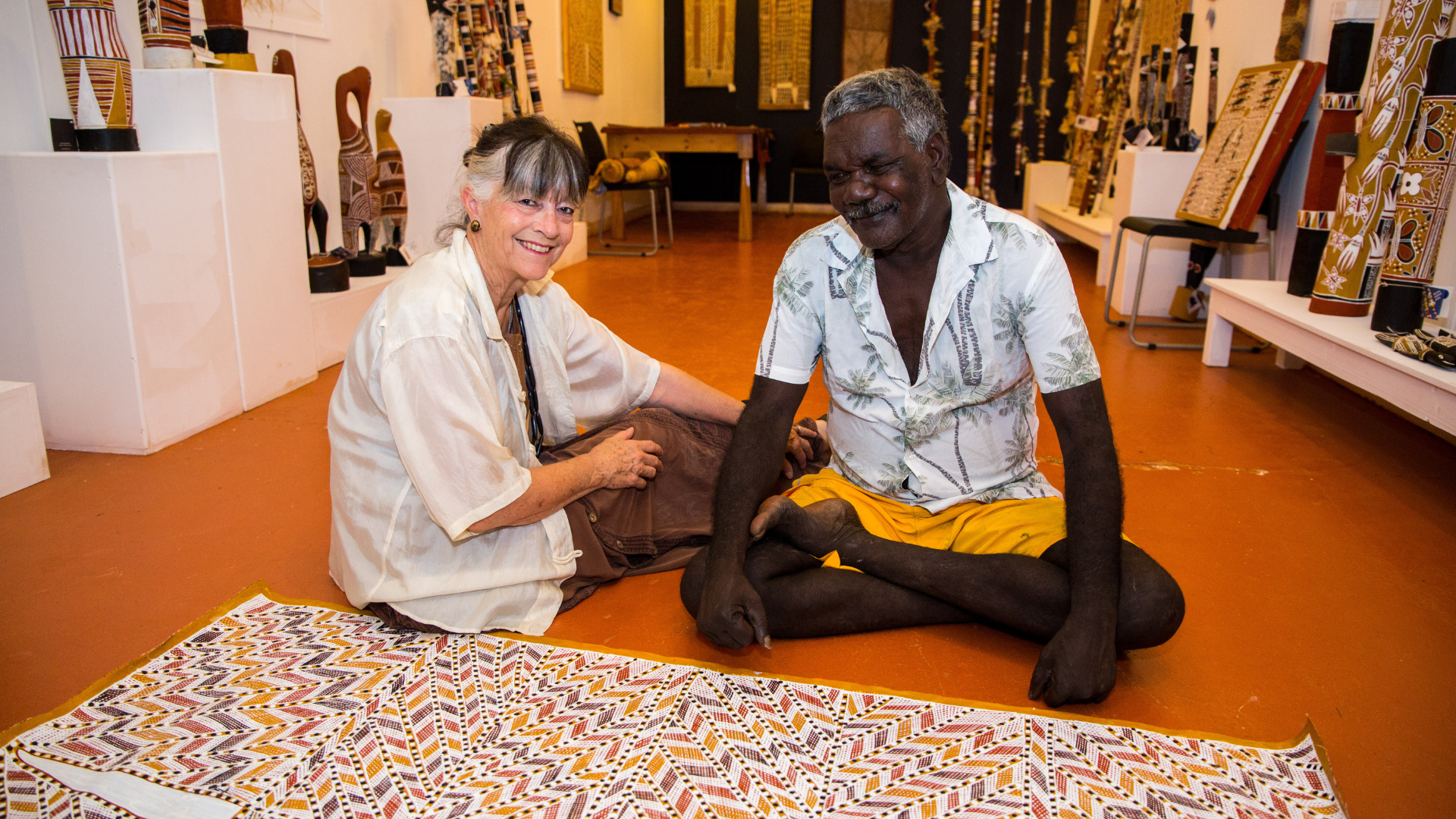
Gabi Hollows with Long John who is the resident artist at Nitmiluk (Katherine) Gorge. The Fred Hollows Foundation helped support his cataract surgery.
Photo credit: The Fred Hollows Foundation
13. How does the Uluru Statement relate to previous attempts at Indigenous constitutional recognition in Australia?
The Uluru Statement from the Heart builds on decades of effort to recognise Indigenous Australians in the Australian Constitution.
The most significant of these was the 1967 referendum, which removed discriminatory provisions and gave the federal government greater power to legislate for Indigenous Australians. Following the referendum, the Commonwealth government was given the power to make laws for Indigenous people, and the states were no longer able to disqualify people from voting based on their race. This helped to pave the way for a range of legislative and policy reforms aimed at addressing the ongoing discrimination and inequality faced by Indigenous people in Australia.
However, this referendum did not recognise Aboriginal and Torres Strait Islander people as first peoples and they have continued to be excluded from the political process. The Uluru Statement from the Heart seeks to address this ongoing exclusion.
14. What is the significance of the Uluru location?
Uluru is a sacred site for Indigenous Australians and has long been a place of cultural significance and spiritual importance. Uluru has been central to spiritual and cultural traditions for thousands of years. It is a place of great significance and represents the ancestral creation stories of the local Anangu people. The site is considered to be a living cultural landscape and is an important symbol of Indigenous sovereignty and connection to the land.
For Indigenous people, Uluru represents a sense of identity, belonging, and spirituality that is deeply rooted in their culture and traditions. The decision to name the Statement after this location was not arbitrary, but rather reflected the significance of Uluru to Indigenous people.
15. Who supports the Uluru Statement?
The statement has received broad support from Indigenous Australians, including from Indigenous leaders, organisations, and communities across the country. Recent polling that was conducted shows 80% support within First Nations communities. It has also been supported by many non-Indigenous Australians, including politicians, religious leaders, academics, and activists.
The Uluru Statement from the Heart has also gained support from political leaders across the political spectrum. Bipartisan support for amending the Australian Constitution to recognise Aboriginal and Torres Strait Islander Peoples has been maintained since 2007.
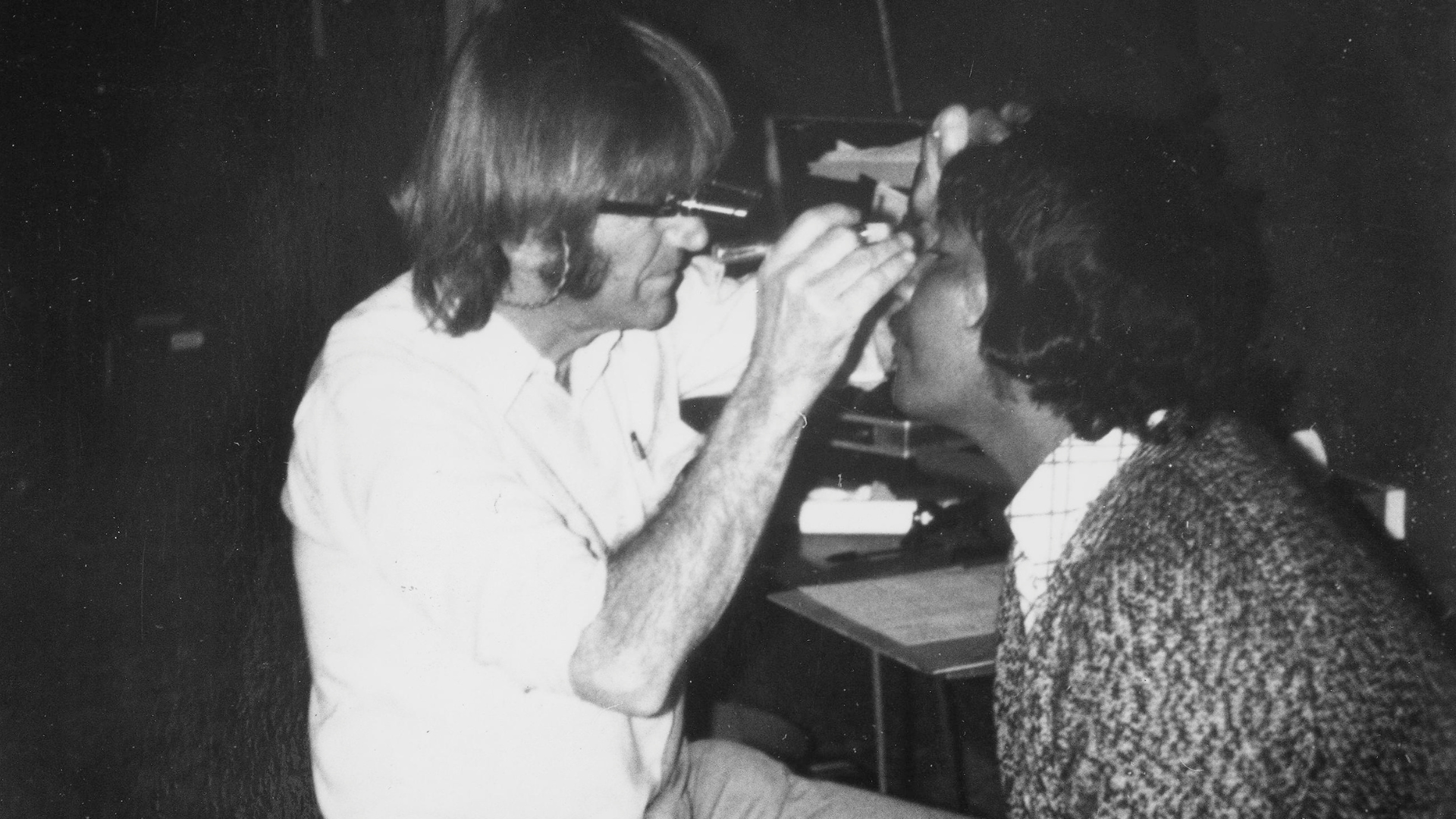
Fred Hollows during The National Trachoma Program
Photo credit: The Fred Hollows Foundation
16. Does The Fred Hollows Foundation support the Uluru Statement?
The Fred Hollows Foundation has always supported elevating the voices of Aboriginal and Torres Strait Islander Peoples, and our support of the Uluru Statement from the Heart is another example of our commitment to social justice. The Uluru Statement from the Heart is a gift to all Australians, and we are at a significant moment of change. The Foundation urges all Australians to support its calls.
The Foundation supports the Uluru Statement from the Heart specifically because the reforms set out within it are fair and practical, and long overdue. Professor Fred Hollows was a staunch supporter of fairness, justice, and self-determination of Aboriginal and Torres Strait Islander Peoples, and The Foundation continues his legacy.
17. What would be the potential impact of the Uluru Statement on eye health?
Eye health inequity sits within the context of broader social and economic inequity that Aboriginal and Torres Strait Islander Peoples face. The Foundation is a strong and vocal supporter of Aboriginal and Torres Strait Islander leadership, design and control of health policy and services to address inequitable health outcomes, including in eye health.
Evidence from Australia and around the world consistently shows that community empowerment, involvement and participation in health services drives better outcomes. The Foundation believes that a constitutionally enshrined Voice to Parliament will enable greater Aboriginal and Torres Strait Islander leadership and consultation not only in health, but across a broad range of areas.
18. What has The Fred Hollows Foundation done to support the Uluru Statement?
The Fred Hollows Foundation has banded together with more than 140 organisations to launch the Allies for Uluru Coalition in collective support of a ‘yes’ vote in the upcoming referendum.
The Foundation, alongside other organisations such as Oxfam Australia, ACOSS and ANTAR, launched the Coalition on February 28 to drive meaningful action and build a groundswell of public support for a constitutionally enshrined First Nations Voice to Parliament.
In 2022, The Foundation hosted two Activate for Uluru Forums where organisations heard from First Nations leadership on how to be true allies in supporting the Uluru Statement From the Heart.
19. Does the Uluru Statement provide special treatment to Indigenous Australians?
The Uluru Statement from the Heart does not propose any form of special treatment for Indigenous Australians. Rather, it seeks to address the ongoing systemic issues of inequality and disadvantage experienced by Indigenous Australians and to establish a framework for recognition, self-determination and reconciliation.
The statement recognises that Indigenous Australians have a unique and special relationship with the land and that this relationship has been disrupted by colonisation and the historical mistreatment of Indigenous peoples. The overall goal of the Statement is to establish a new relationship based on respect, recognition and mutual understanding.
20. How can you support the Uluru Statement?
You can support the Uluru Statement from the Heart by educating yourself about its proposals and the ongoing struggles for Indigenous rights and self-determination in Australia.
You also take the following steps:
- Join the Together Yes movement to work together to enshrine a First Nations Voice in our Constitution
- Be loud and proud and publicly announce your support
- Engage your family, friends, committees, community groups etc in discussions
- Read the Conversation Guide: to help you talk about the Voice with friends and family or random strangers.
- Attend community forums and events on the Voice to Parliament
You can also advocate for its adoption by writing to your local MP, joining Indigenous-led campaigns and movements, and engaging in dialogue with Indigenous Australians to build understanding and support for The Statement.
Reconciliation NSW has provided some letter templates you can use to write to your local member, the Prime Minister or other key elected representatives.
You can also make a donation directly through the Uluru Statement website, to support investing in a national education strategy on a Voice to Parliament enshrined in the Australian Constitution.
By giving to The Fred Hollows Foundation, you can support our work to ‘close the gap’ in health outcomes between Indigenous and non-Indigenous Australians.
COVER PHOTO: The Fred Hollows Foundation
Related articles
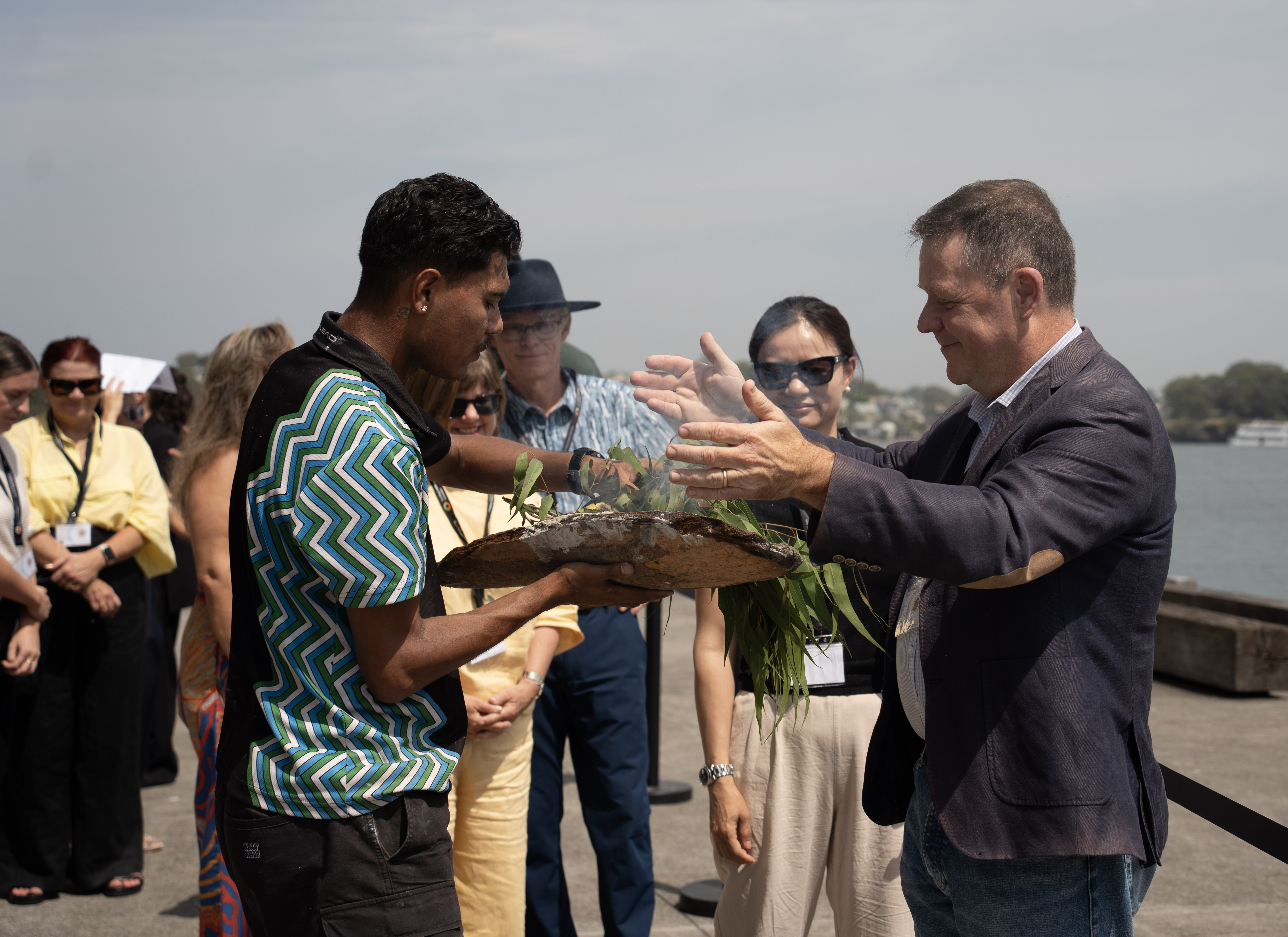
Friends of Fred: A day of connection, culture, and advocacy in eye health
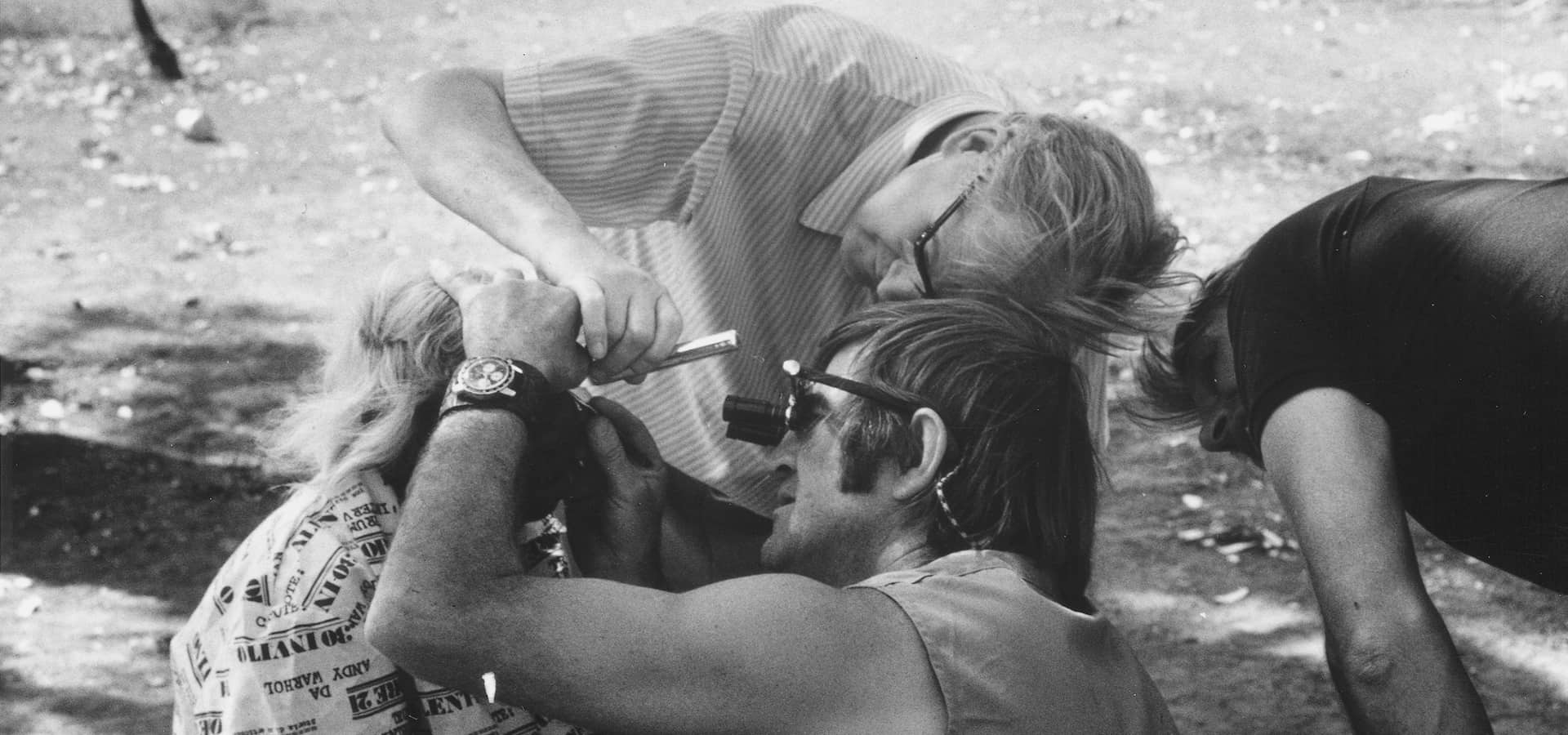
Why we're still fighting to end trachoma, 50 years on



